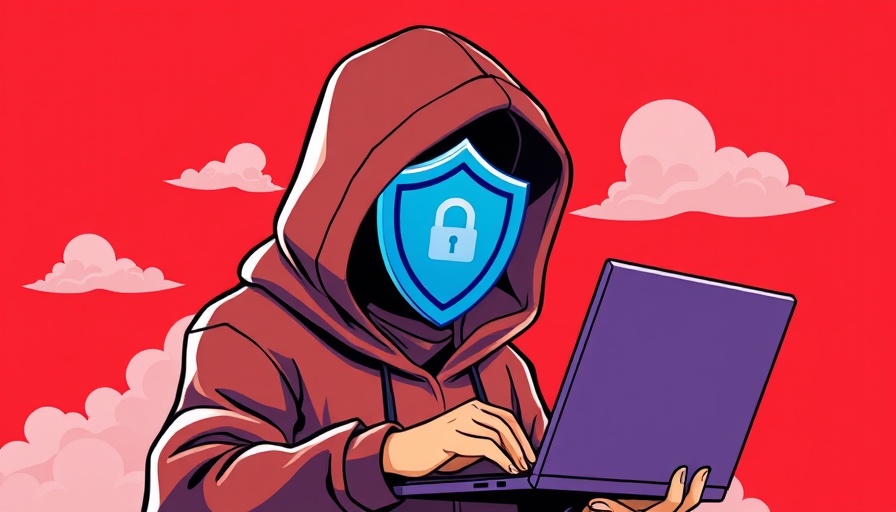
Understanding the Risks: Online Dangers for Children
In the age of digital connectivity, parents face challenges that were unheard of just a couple of decades ago. The internet, while providing numerous benefits, also exposes children to significant risks, including online grooming and extremism. Understanding these risks is paramount for parents striving to protect their children from potential online threats.
What is Online Grooming?
Online grooming refers to the act of manipulating a child over the internet with the intent of sexual exploitation. Predators might initiate contact through social media, gaming platforms, or chat rooms, employing tactics such as flattery, friendship, and shared interests to build trust. According to a report from the National Society for the Prevention of Cruelty to Children (NSPCC), there has been a notable increase in reported cases of grooming in recent years, highlighting the urgent need for parental awareness and action.
Protective Measures Every Parent Should Take
Parents are the first line of defense against online dangers. Here are practical strategies to enhance your child's online safety:
- Open Communication: Foster an environment where your child feels comfortable discussing their online experiences. Regularly talking about their online interactions can help identify potential risks early on.
- Set Clear Boundaries: Establish guidelines about what is acceptable online behavior. Discuss the importance of privacy and why personal information should not be shared.
- Utilize Parental Controls: Many devices and apps come with built-in parental controls that allow you to monitor and manage your child's online activity. Make use of these tools to protect your child from harmful content.
Recognizing Signs of Grooming
Being aware of the signs can empower parents to act swiftly if they suspect something is amiss. Look out for:
- Changes in your child's online behavior, such as secretive behavior or unexpected shifts in mood.
- Unexplained emotional distress, especially following online interactions.
- Withdrawals from family activities and increased isolation.
The Role of Educational Institutions
Schools also play a crucial role in educating children about the dangers of online grooming and how to navigate the digital world safely. Implementing curriculums that teach digital literacy and online safety can empower children with the knowledge they need to recognize and report threats.
Future Predictions: Evolving Threats
The landscape of online dangers continues to evolve, with new platforms and technologies presenting fresh challenges. As children become more integrated into digital spaces, their interactions will inevitably change. For instance, emerging technologies such as virtual reality environments may create new avenues for grooming. Parents need to stay informed about these developments and adapt their strategies to ensure ongoing safety.
Common Misconceptions about Online Grooming
Awareness is critical in dispelling myths surrounding online grooming. A common misconception is that only strangers pose a threat. In reality, groomers can be acquaintances or even individuals known to the child. Understanding this helps parents recognize the need for vigilance beyond just monitoring interactions with unknown figures.
Creating a Safe Online Environment
In conclusion, the responsibility of safeguarding children online lies with both parents and educational systems. By fostering open communication, establishing guidelines, and staying informed about potential threats, parents can create a safer online environment for their children. It's imperative that they take proactive steps to equip children with the tools they need to navigate the online world safely and responsibly.
As a final note, if you would like to explore further insights on keeping your children secure online and the tools available to assist in this process, reach out to local organizations or visit educational websites focused on child safety.
 Add Row
Add Row  Add
Add 




Write A Comment